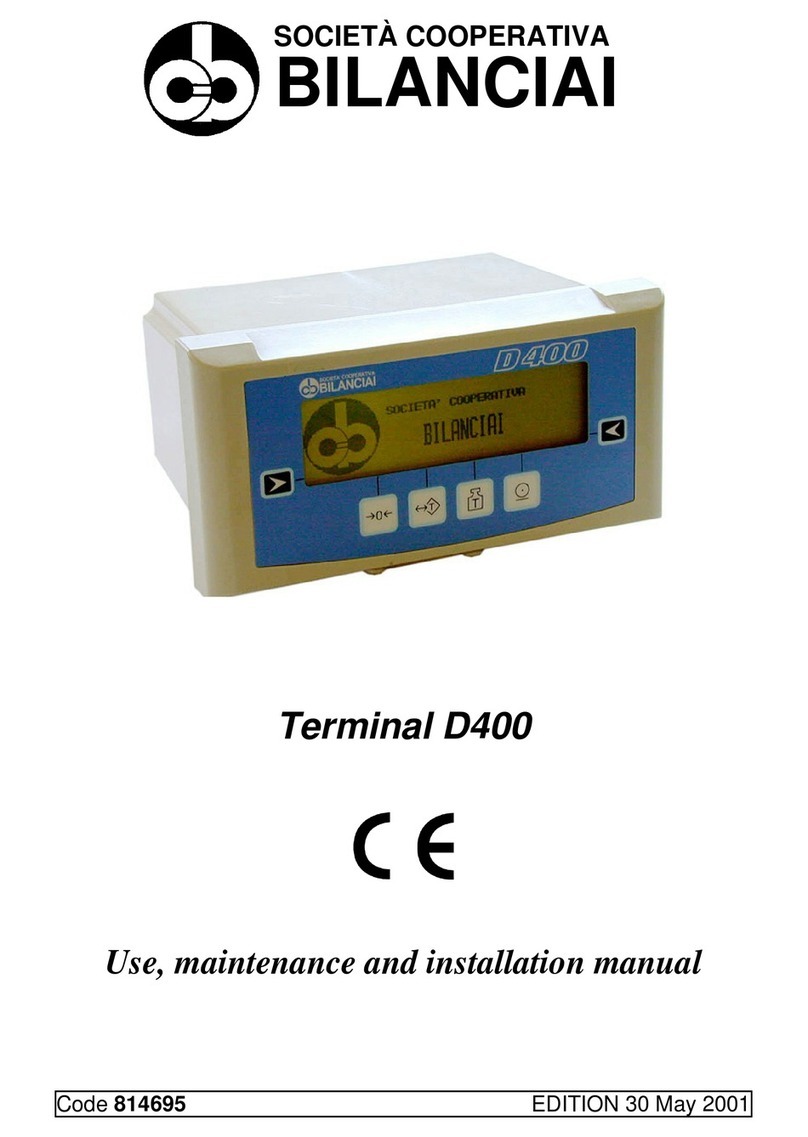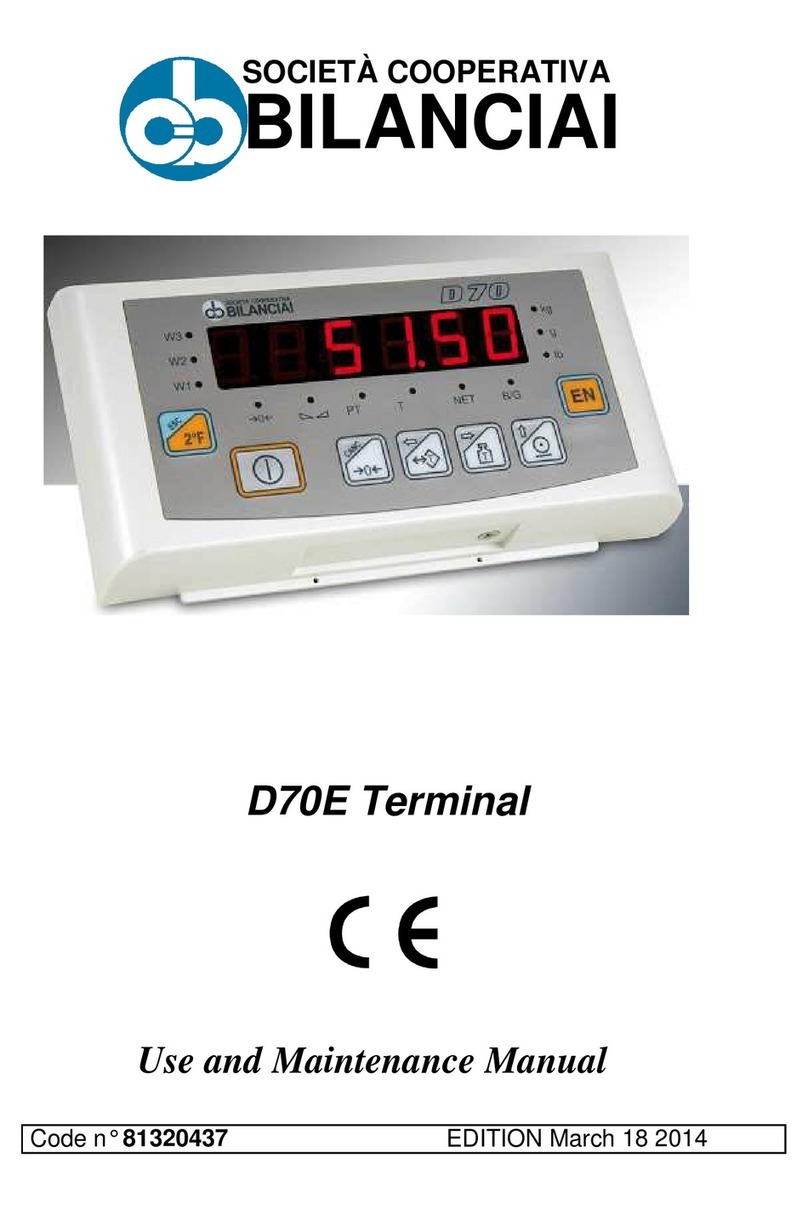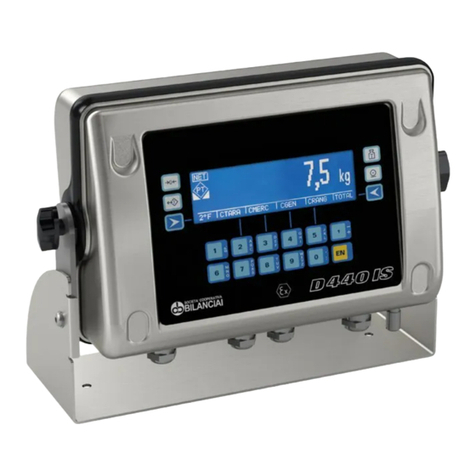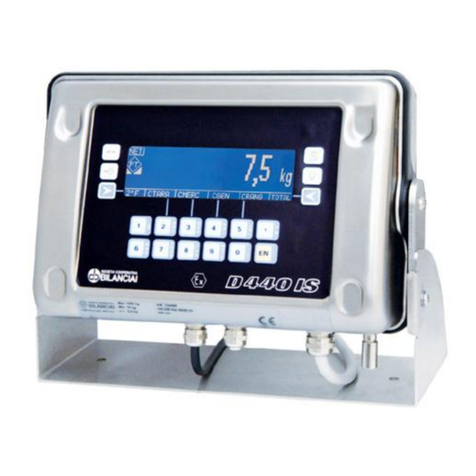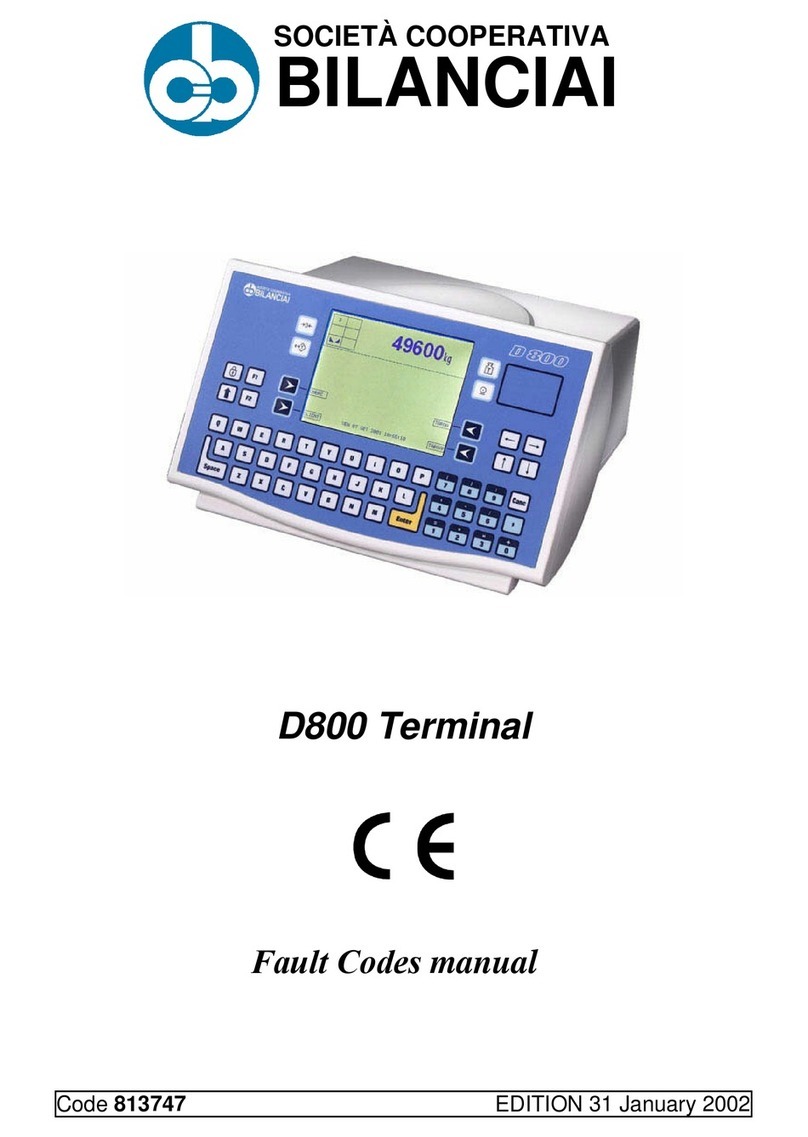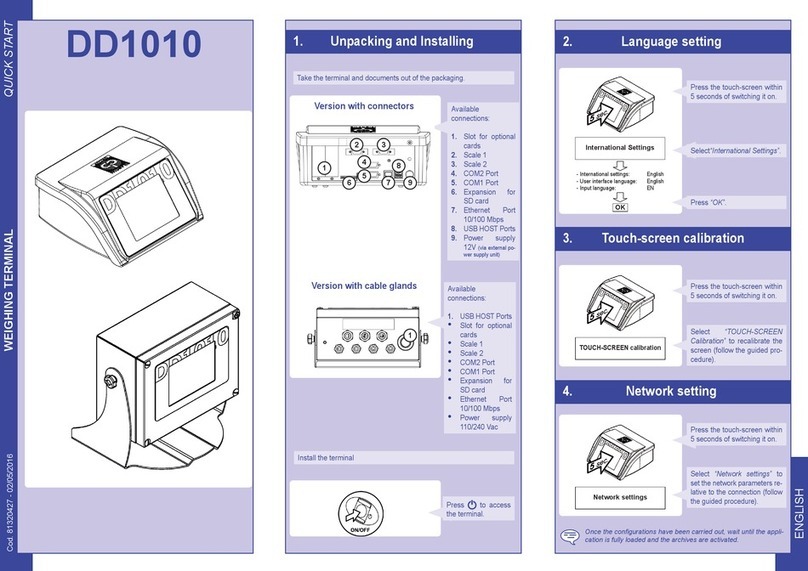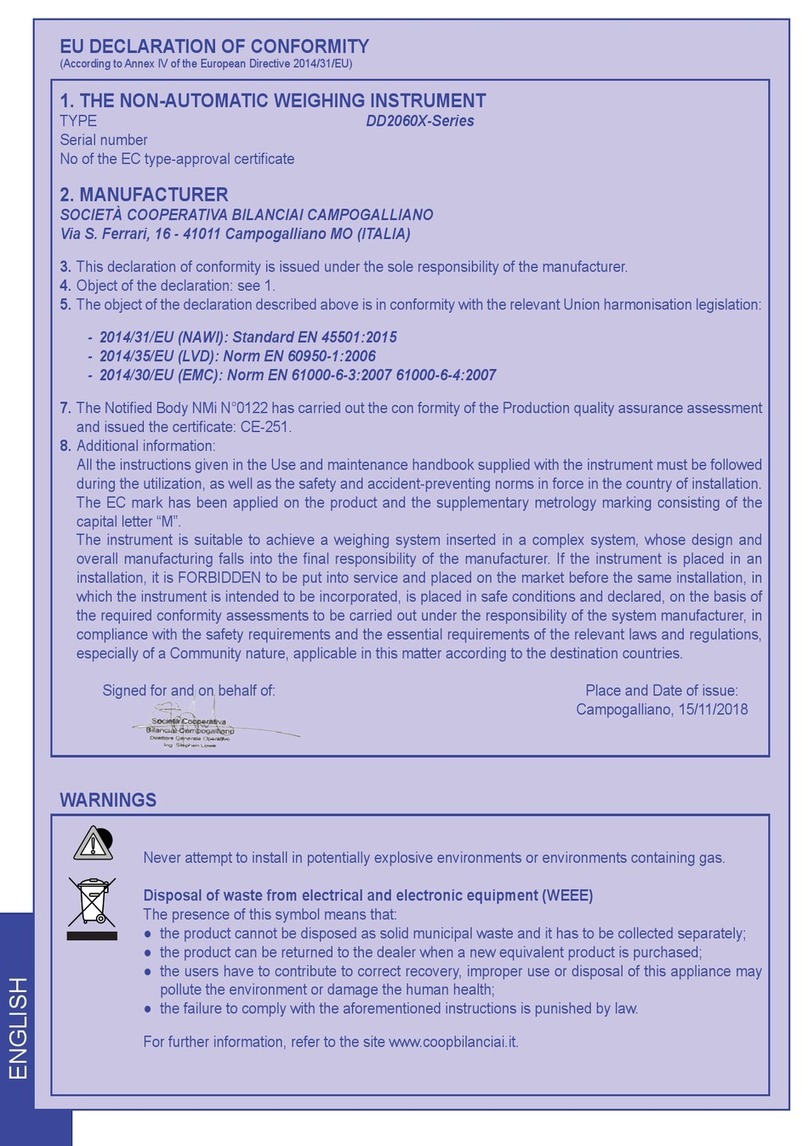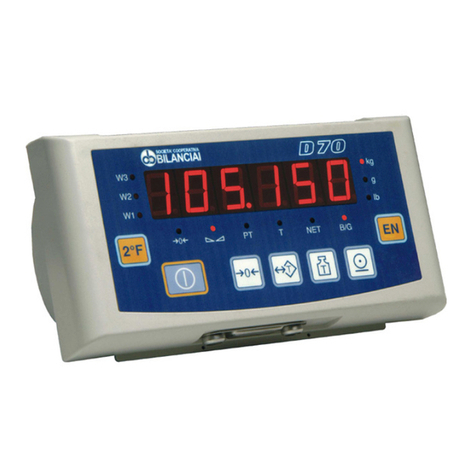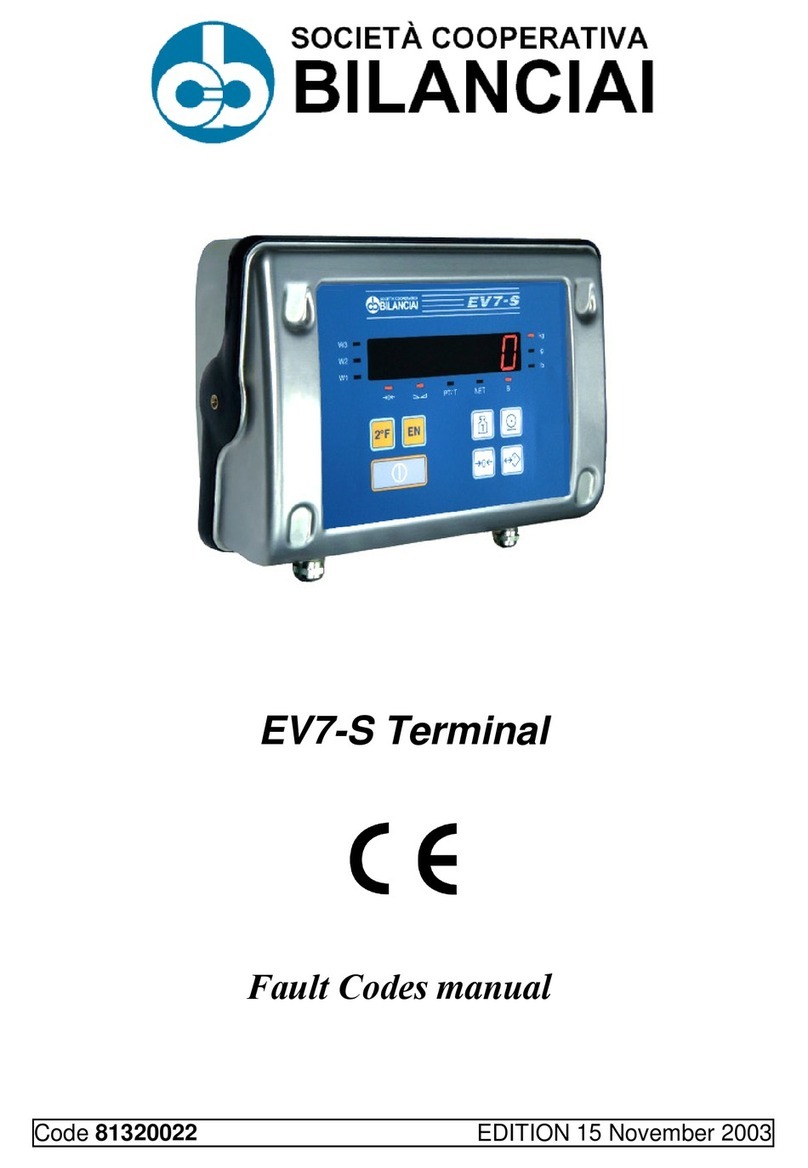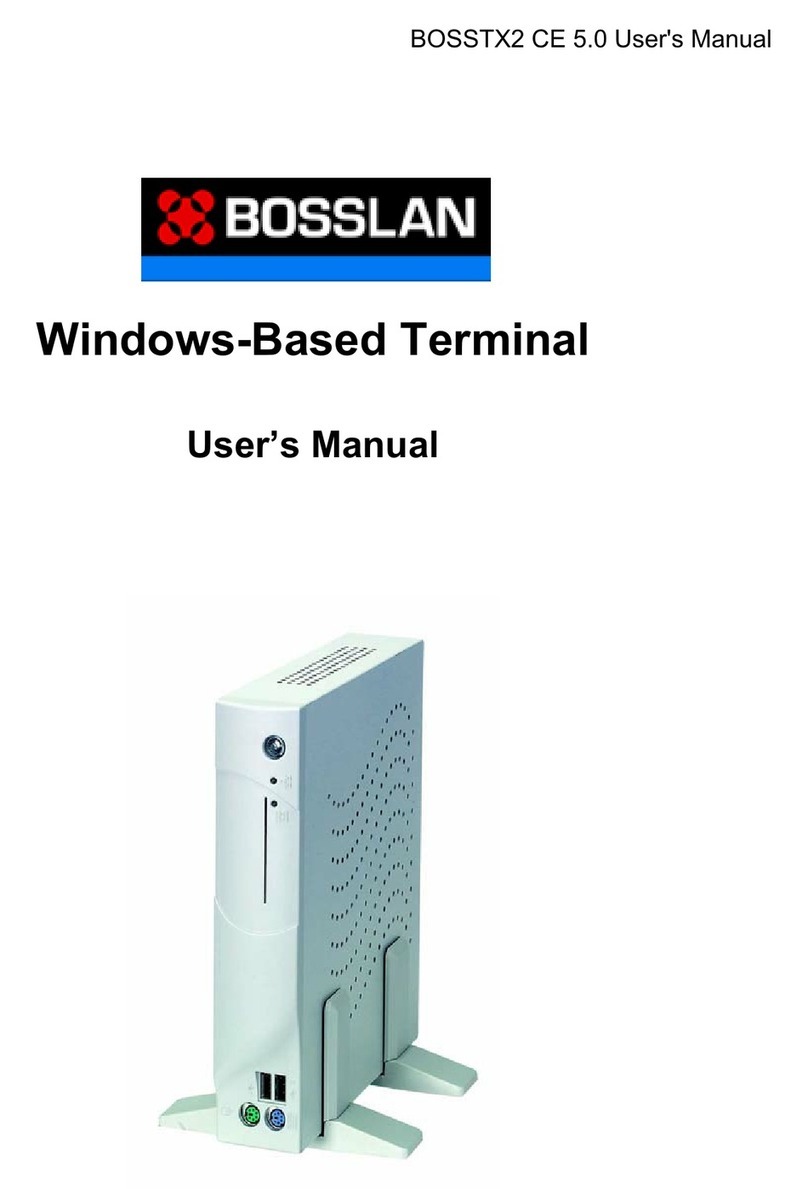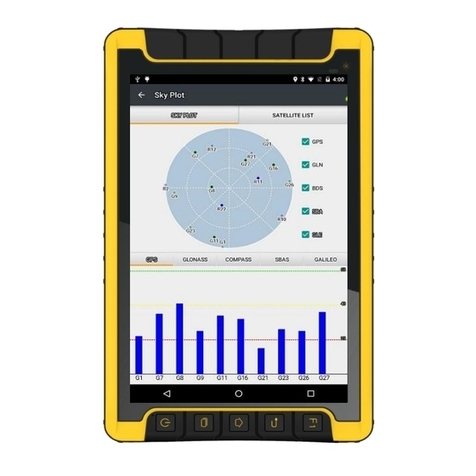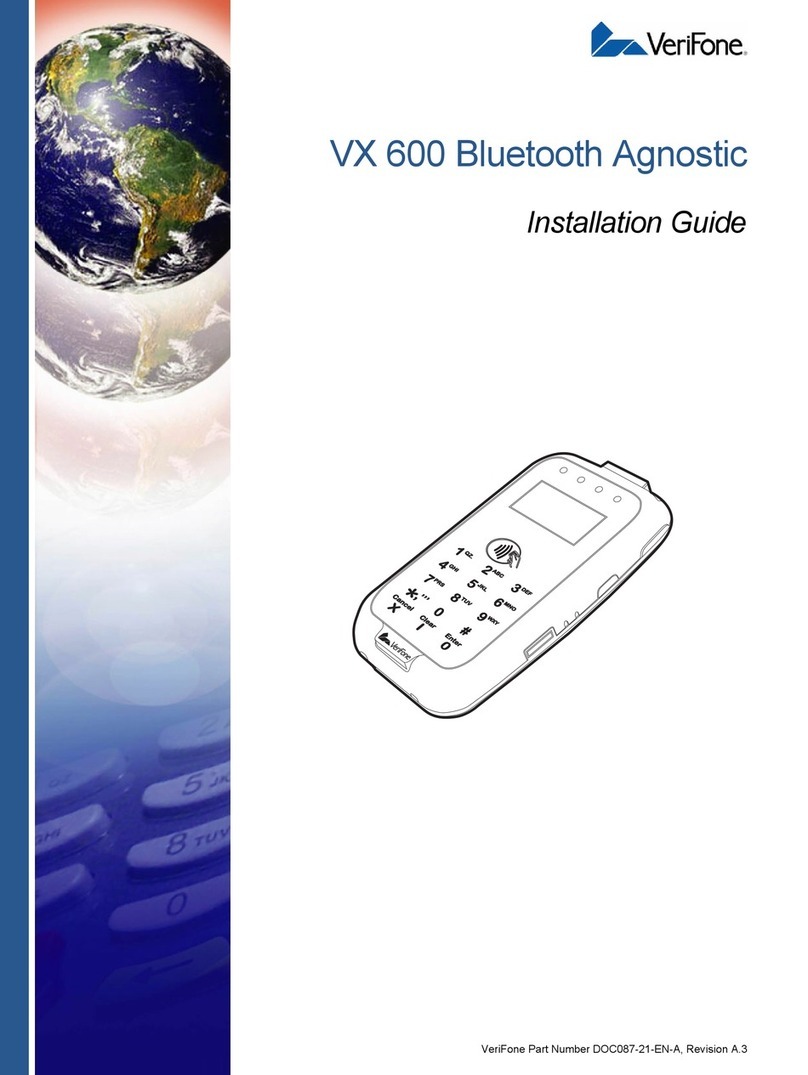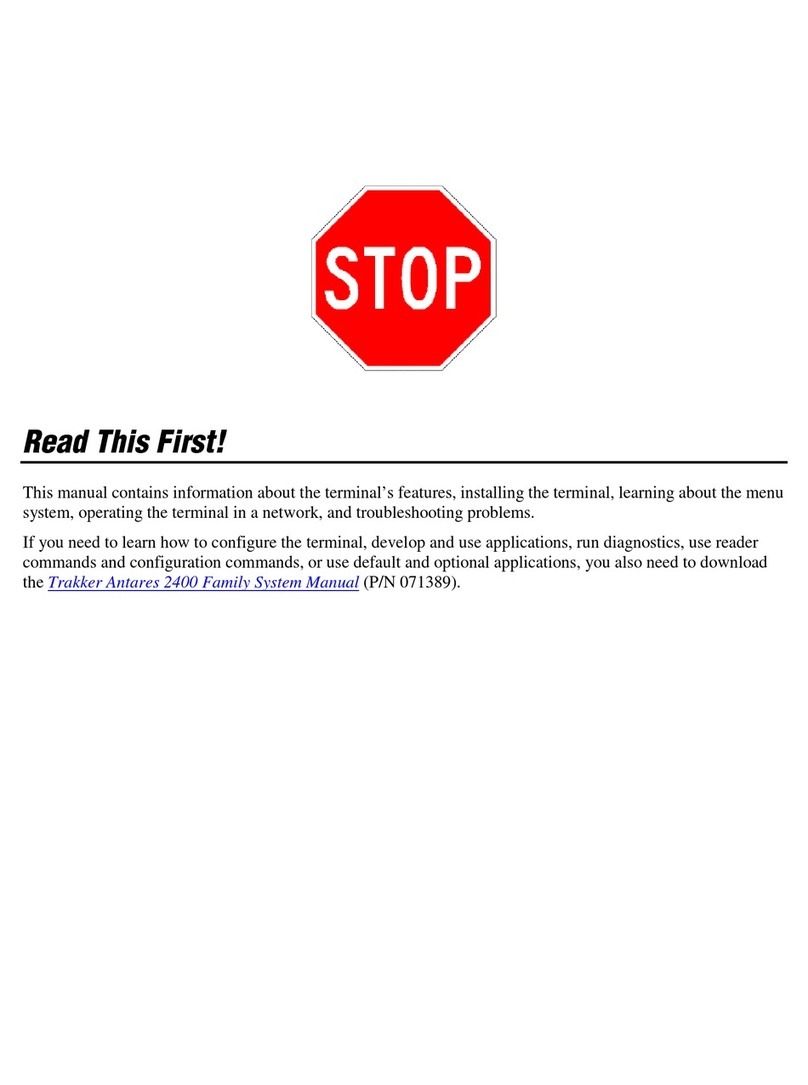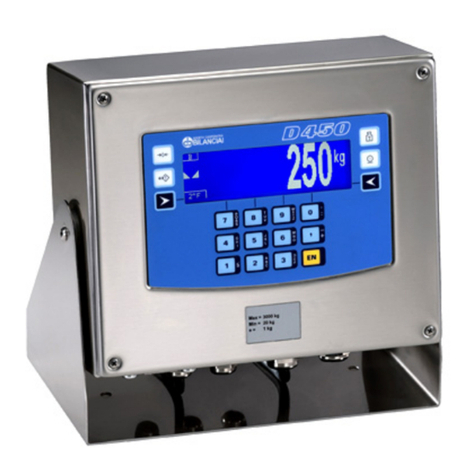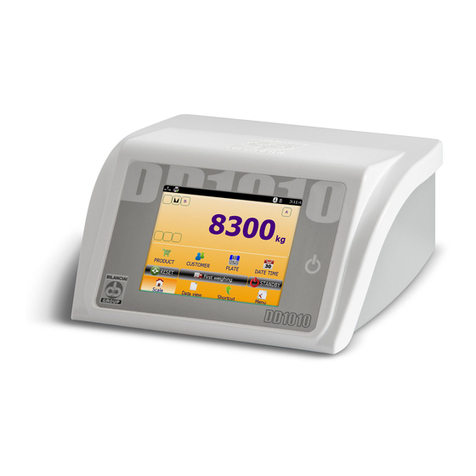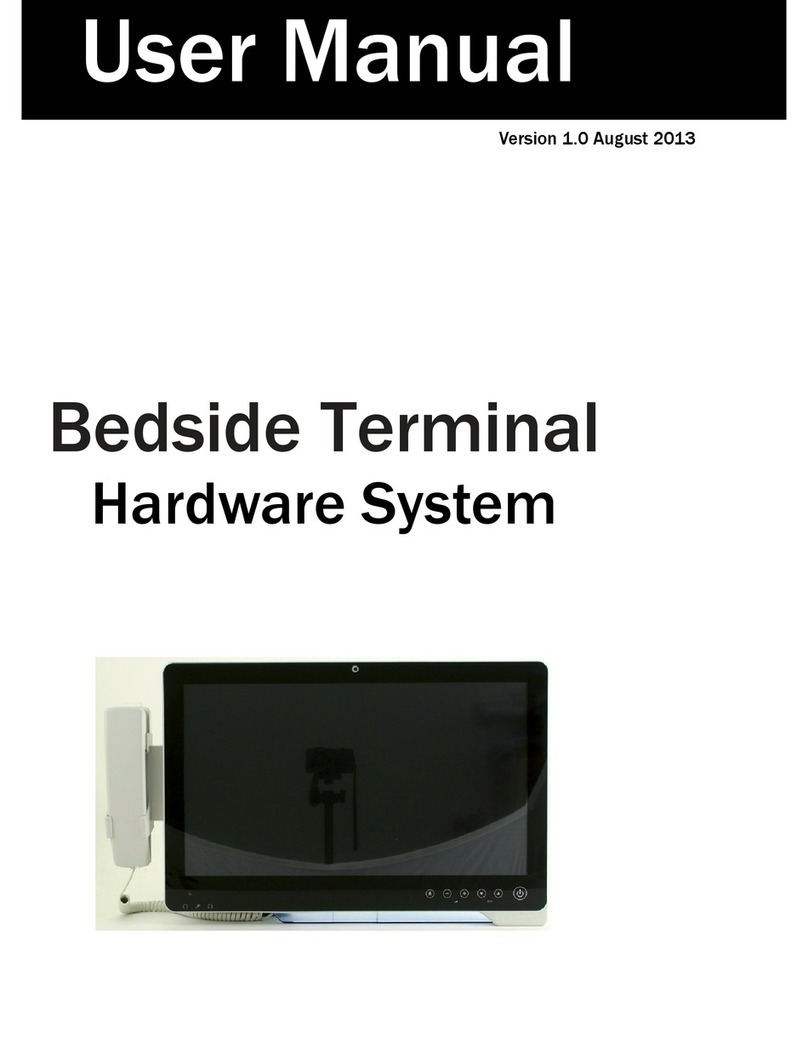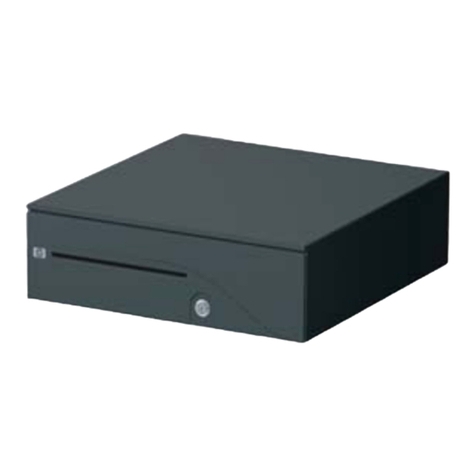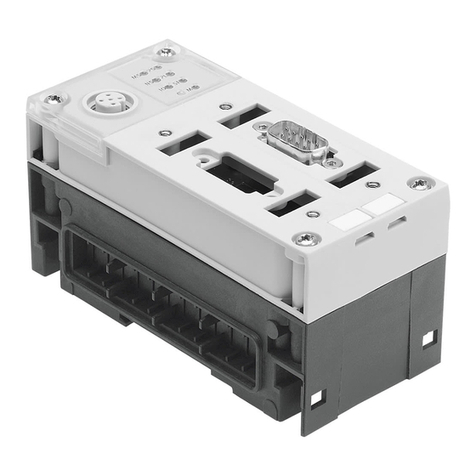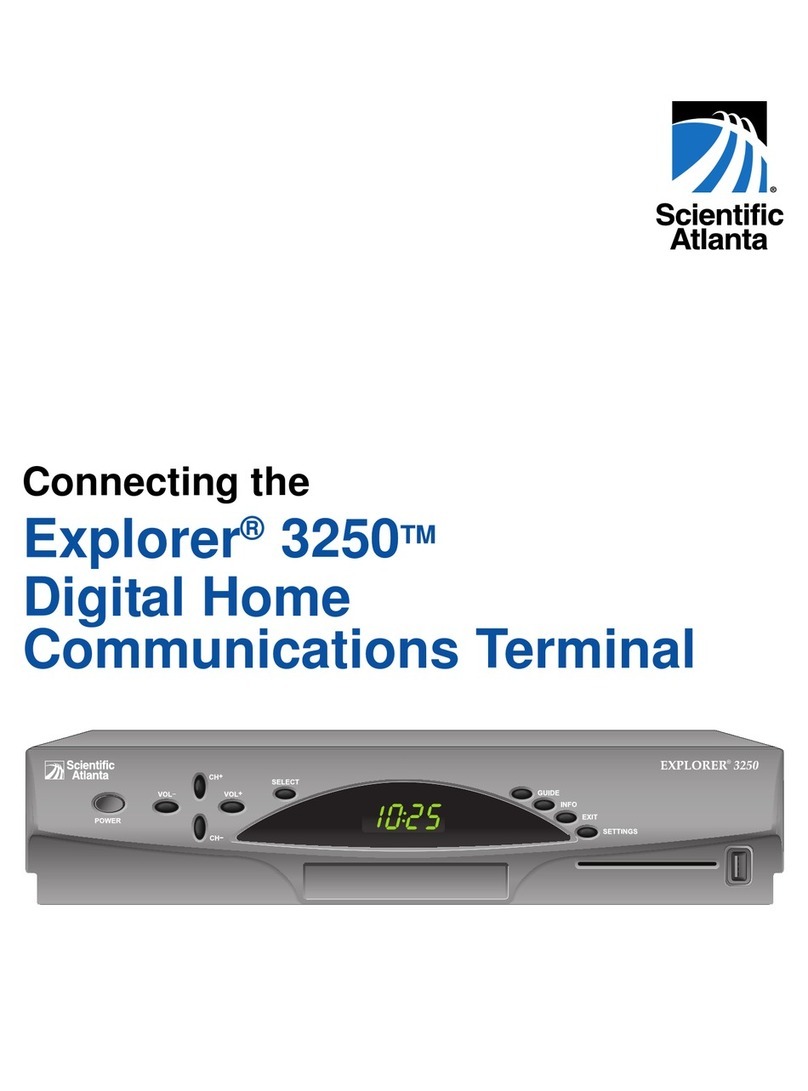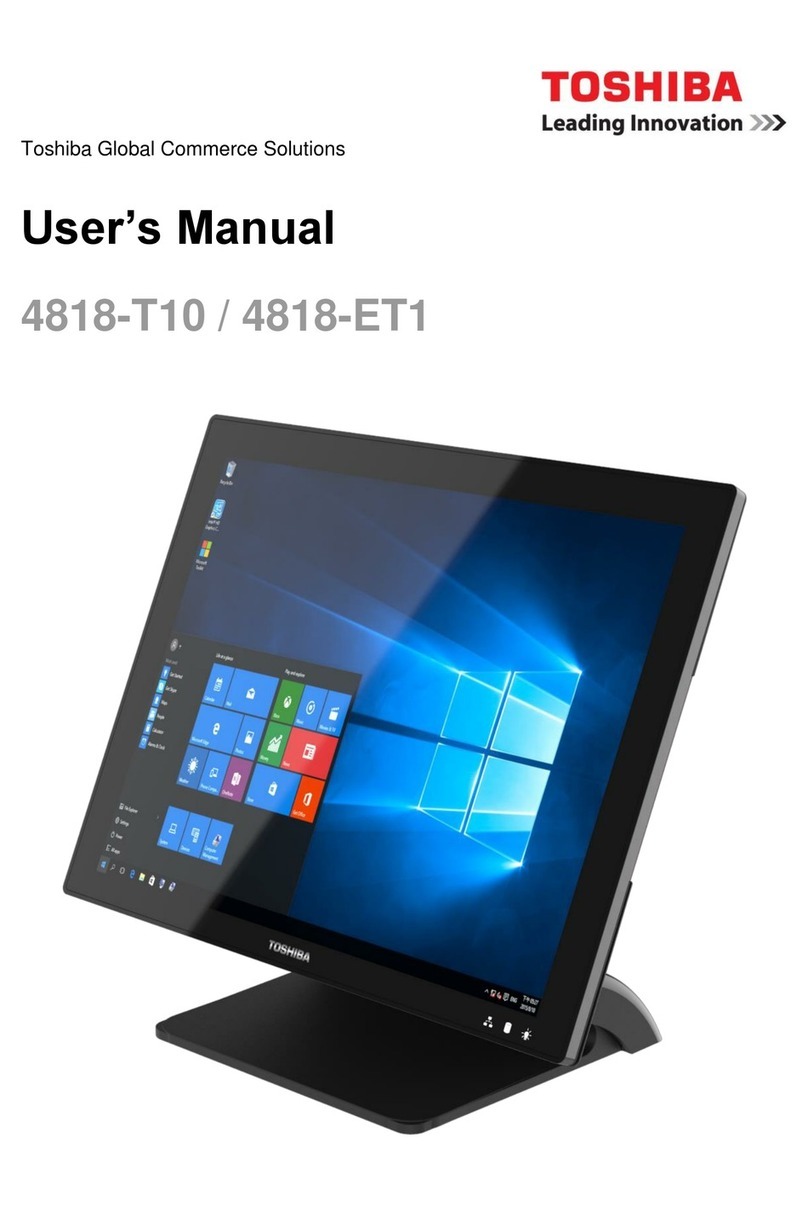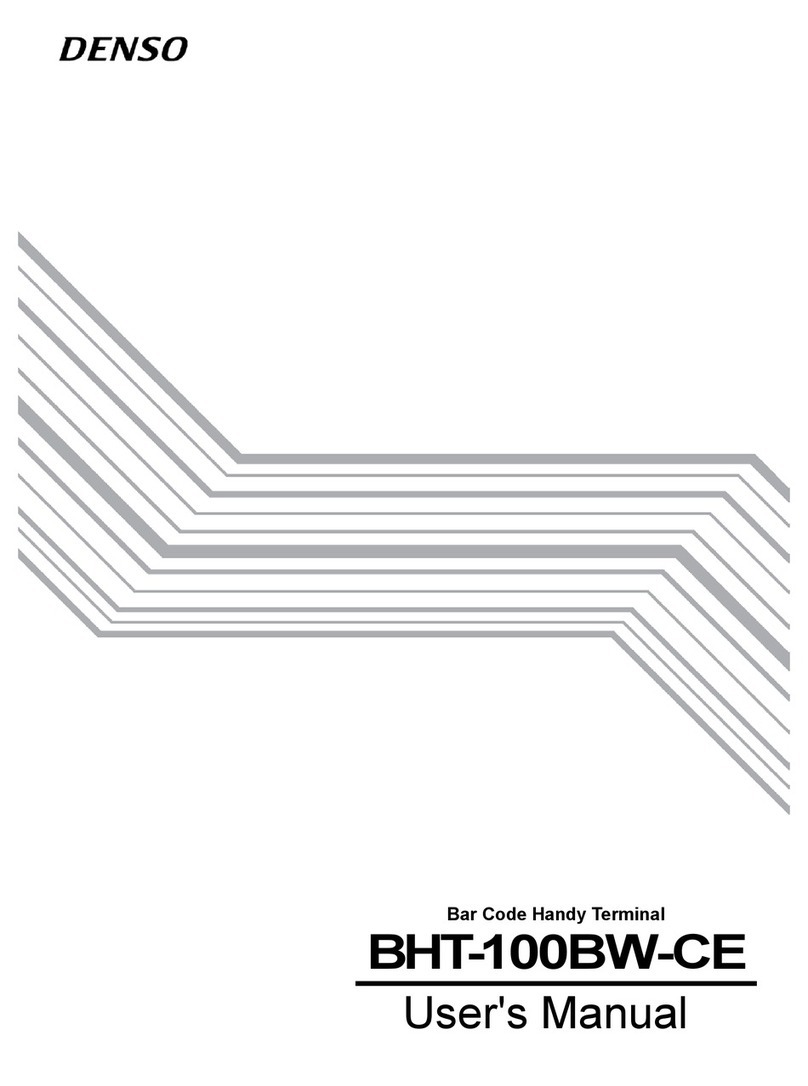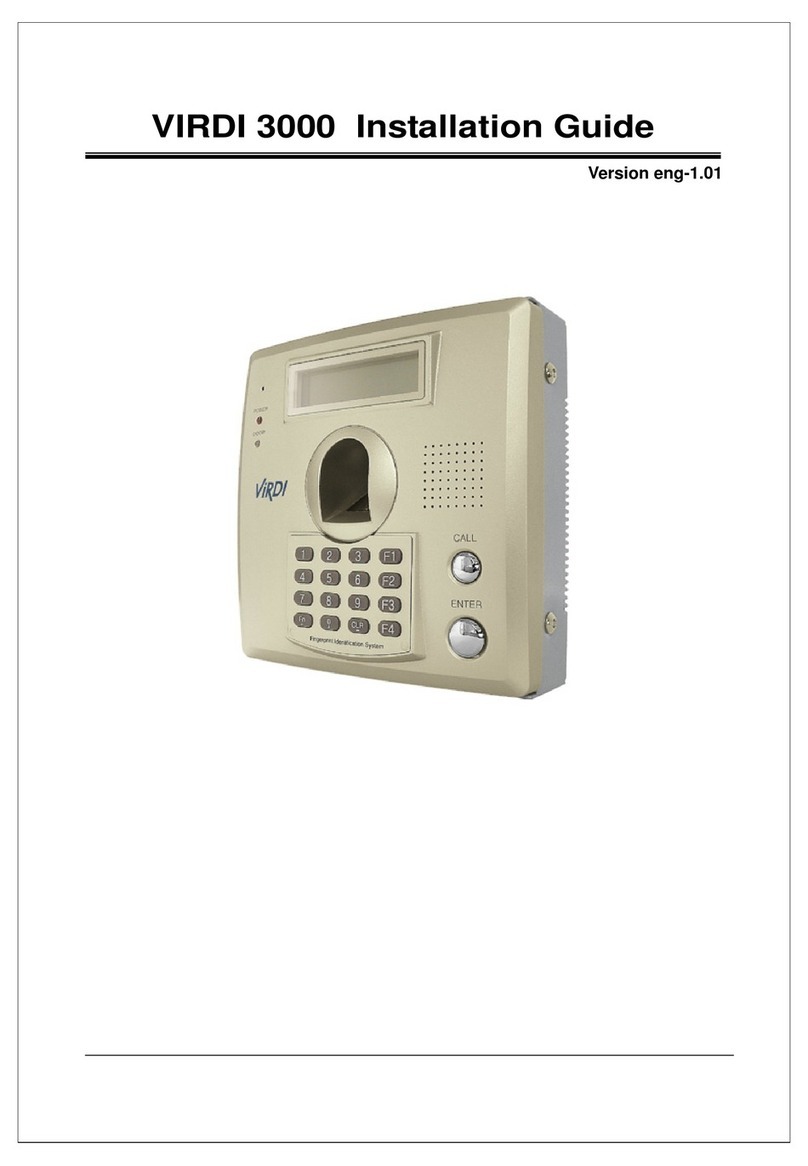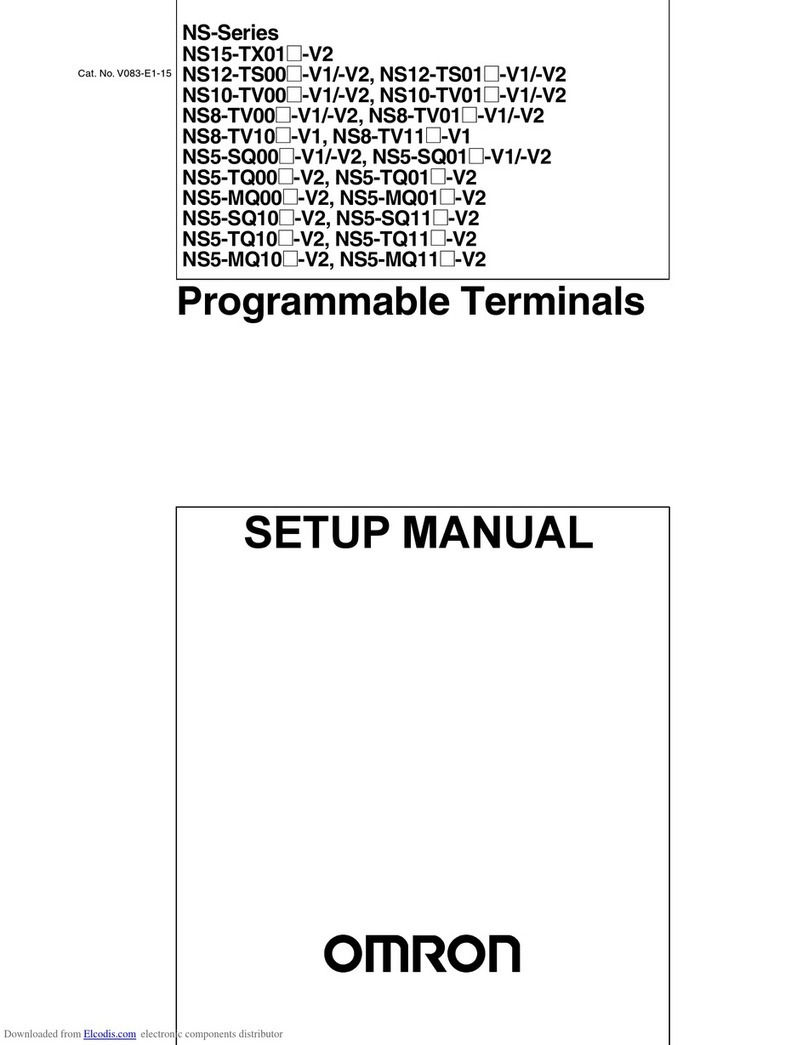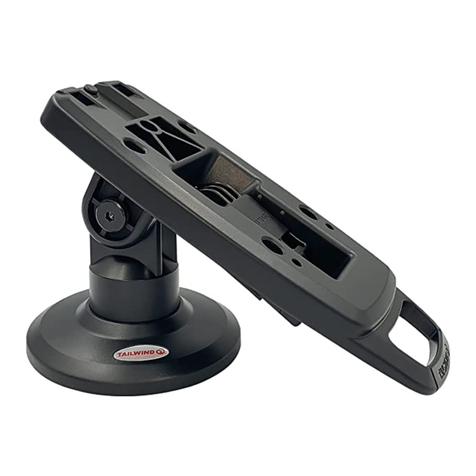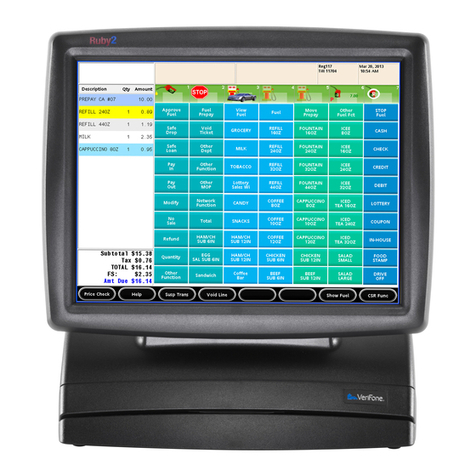
1.2 Foreword
✔The aim of this manual is to provide the operator, through the use of
text and illustrations, with essential information regarding the
installation, safe operation and maintenance of the weighing system.
✔This manual must be kept in a safe place where it is readily available
for consultation. Always observe the instructions contained in the
manual!
✔The safe operation of the system is the responsibility of the operator,
who must have a thorough knowledge of the system.
✔The user is responsible for ensuring that the installation conforms to
the applicable regulations.
✔The equipment must be installed by specialised personnel who have
read and understood this manual.
✔"Specialised personnel" means any personnel who, by virtue of the
training they have received and their professional experience, have
been explicitly authorised by the "System safety supervisor" to install,
operate and maintain the system.
✔In the event of any problems, contact your nearest Service Centre.
✔Any attempt on the part of unauthorised personnel to dismantle or
modify the terminal is prohibited; any such attempt shall invalidate the
warranty and release the manufacturer from all liability for any injury
or damage.
✔The alteration or removal of the data plates and seals is strictly
prohibited; check that all plates and seals are present and legible, if
not contact After-Sales Service.
✔The manufacturer shall not be liable for any damages caused by
incorrect handling of the terminal.
✔The information and illustrations contained in this manual were up to
date at the time of publication.
✔The Manufacturer is committed to a policy of continuous product
improvement and system components may therefore be subject to
modification.
✔All the technical information contained in this manual remains the
exclusive property of the manufacturer and may not be divulged to
third parties.
✔No part of this document maybe reproduced or transmitted in any
D400
1-6




















